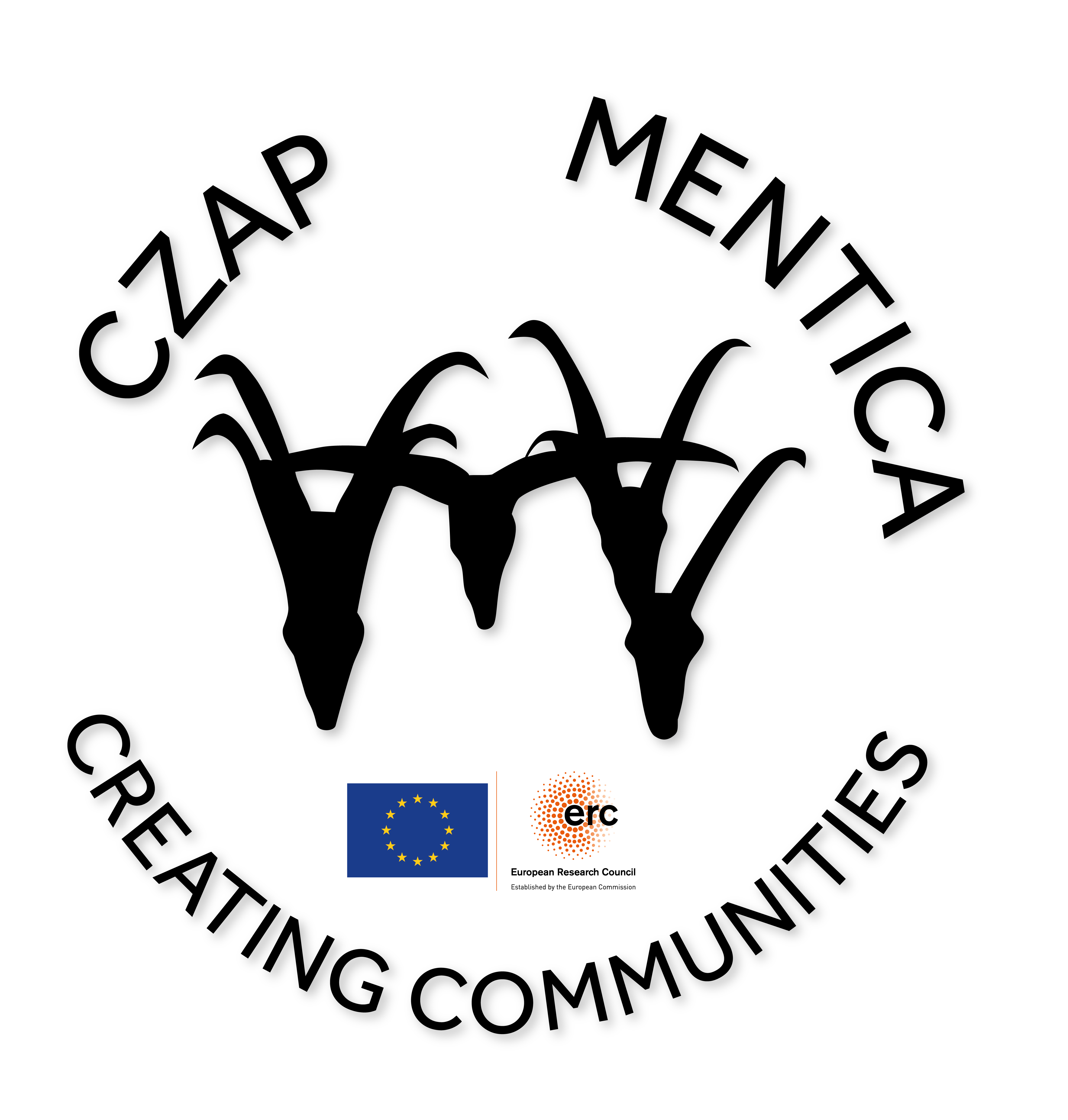The project operates under a permit issued by the Sulaimaniyah and Erbil Directorates of Antiquities and Heritage, with agreement from the State Board of Antiquities and Heritage, Baghdad. We are extremely grateful to all our colleagues at Sulaimaniyah Directorate of Antiquities and Heritage, in particular its Director Kamal Rasheed Raheem, who made the project possible and provided vital support at every stage, as well as all the support staff and drivers. We also thank our colleagues at Erbil Directorate of Antiquities and Heritage, in particular its Director, Abubakir O. Zainadin (Mala Awat), for their ongoing support. We are very appreciative also of the considerable assistance provided by the staff of Sulaimaniyah Museum, led by its Director, Hashim Hama. Our government representatives, Sabr Ahmed Sabr, Kamal Rouf Aziz and Sami Jamil Hama Rashid have supported and advised in a great many ways as well as serving as key team members. We also thank the villagers of Bestansur who worked with us on site and looked after us in the Expedition House. We thank Ahmed Rasheed Raheem for producing a contour plan of the mound. CZAP looks forward to future work in collaboration with UNESCO, Nature Iraq and the Iraqi Institute for the Conservation of Antiquities and Heritage.
We would also like to offer our sincere thanks to Dr Hashemi and Dr Mosavi, Directors of Research, Iran’s Cultural Heritage, Handicrafts and Tourism Organization, as well as the Governorate of the Province of Kermanshah. We are sincerely indebted to Dr Hassan Fazeli, Director of the Iranian Center for Archaeological Research in 2008, for his support and encouragement at all stages of the project. We were greatly assisted by the Kermanshah and Eslam Abad offices of ICHHTO, in particular in Kermanshah by the Director, Mr Beyramvand, and by Mr Sa’id Dustani and Mr Sohrabi and in Eslam Abad by Mr Rashnou, and by Dr Leila Khosrawi representing the ICAR, Tehran. Accommodation and work space for Sheikh-e Abad were kindly provided in two schools in Kurtavij village.
This project has received funding from the European Research Council (ERC) under the European Union’s Horizon 2020 research and innovation programme (grant agreement No 797264). UK funding support for CZAP has included generous awards from the British Academy, the British Institute of Persian Studies, National Geographic, the British Institute for the Study of Iraq, the Gerald Averay Wainwright Fund, the University of Reading, and UCL. The Arts and Humanities Research Council (AHRC) kindly funded CZAP from January 2011 until January 2014.
We thank the team members for all of their hard work and contributions to CZAP, and Helen Taylor, Julia Shepherd, and Amy Richardson for web-design. The CZAP logo is based on an original reconstruction illustration by Behzad Balmaki of the goat and sheep skull deposit in Building 2 at Sheikh-e Abad.
Each year the AHRC provides funding from the UK Government to support research and postgraduate study in the arts and humanities. Only applications of the highest quality are funded and the range of research supported by this investment of public funds not only provides social and cultural benefits but also contributes to the economic success of the UK. For further information on the AHRC please visit http://www.ahrc.ac.uk/



